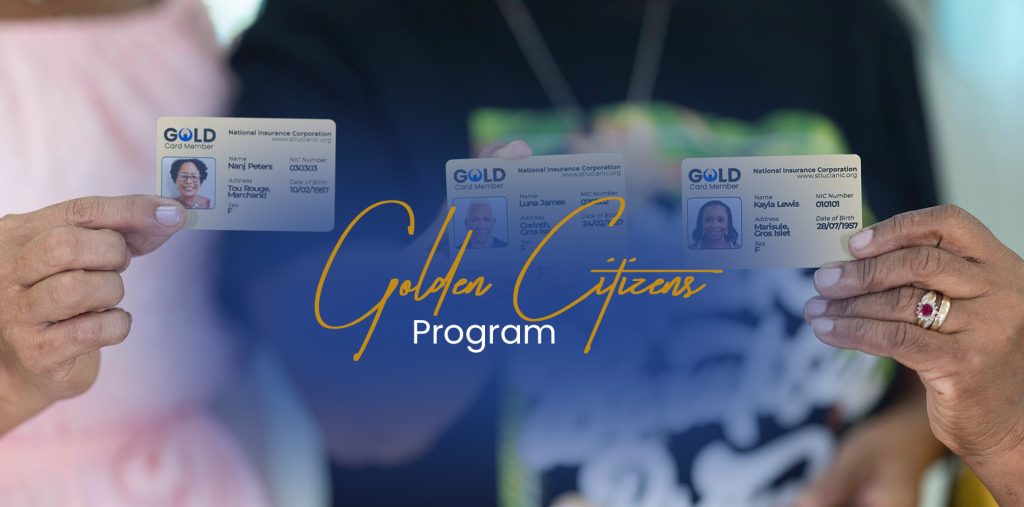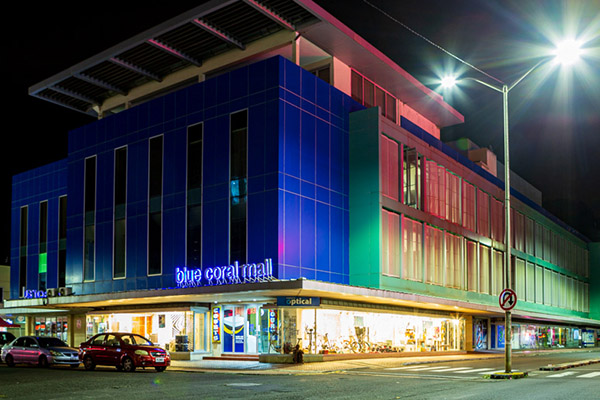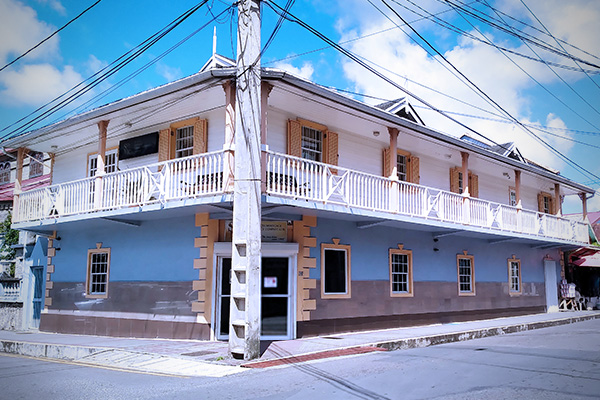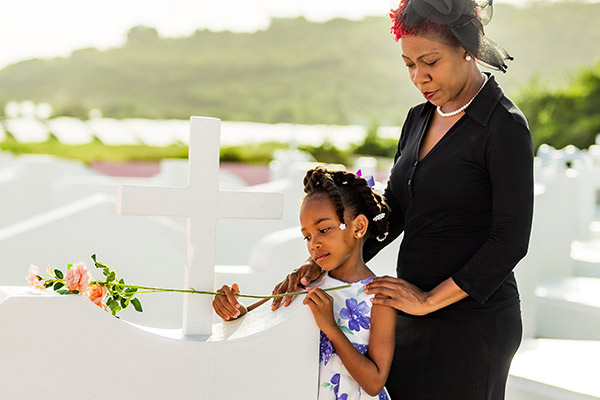FROM PROVIDENT FUND TO NATIONAL INSURANCE
Social Security came to St Lucia in 1970 in the form of the National Provident Fund (NPF). The NPF was a form of compulsory savings, where both employer and employee made contributions on behalf of the employee.
The NPF in St Lucia received five percent (5%) of gross wages paid to an employee (up to an established maximum) together with an equal amount paid by his employer. These funds would be accumulated at the Fund and paid with interest when the worker made a legitimate claim.
Employees joined the Fund at age sixteen and had to contribute up to age sixty when they received a lump sum payment made up of their contributions plus interest accrued thereon.
The NPF had provisions for three main benefits:-
- old age benefit
- survivors benefit
- invalidity benefit
On registering with the Fund, a contributor had to name a beneficiary who would receive the benefits if he died before attaining the requisite age.
This beneficiary did not have to be a relative, dependent or a parent, it was sufficient that this person was a friend of the member and had consented that his name appear in the records. However, at time of death only the named beneficiary could make a claim for the benefit and it did not matter that the deceased had dependents, or was married subsequent to his completing the application form, only the named beneficiary would receive the benefit. This was Survivors benefit with the NPF.
Invalidity benefit was also available from the NPF. Should a contributor who had not attained the retirement age become permanently incapable of work once he was certified to be permanently incapacitated by a doctor, he would receive his benefit made up of his total contributions plus interest.
NPF worked well for a while. In fact, it was a beautiful system because of its simplicity. Persons contributed and they received their monies when they qualified. However, the Provident Fund’s simplicity was also its major disadvantage, for among other things, it failed to take care of its contributors between the time they registered at sixteen years and when they were ready to retire.
It was inevitable that workers would get sick, women would have babies and for a host of other reasons persons would be incapable of earning for short periods during their working life and there was no means of financial benefits from the system if they were not receiving wages from their employer.
Another reason was that in the case of survivors benefit, a beneficiary did not have to be a dependent of the deceased, merely someone named by him. Consequently it was a common occurrence that while dependents would be left in need, beneficiaries who were better off would still receive a NPF benefit upon the death of a breadwinner.
This also happened because persons did not change the name of their beneficiaries after they got married or started their own families.
A further disadvantage of the system was that it made lump sum payments for all benefits and, in many instances, the recipients of these sums never possessed such substantial sums of money at any one time, and in some cases they squandered it, or spent it unwisely and ultimately became paupers in the charge of the state, causing the same ill that the NPF was designed to eliminate.
For those and other reasons, the NPF was repealed and replaced by a National Insurance Scheme (NIS) in April 1979. The National Insurance Act No. 10 of 1978 converted the NPF into the NIS. The Act became effective in April 1979. The Act together with the Regulations ( No. 10 of 1984) guide the operations of the National Insurance Corporation (NIC) in St Lucia.
In administration, the NIC was very similar to the NPF. It retained all the Staff of the NPF, it collected its contributions in the same way and it operated from the same premises. However, it had many more benefits than the Provident Fund.
It provided for payment of old age pensions and old age grants instead of only a lump sum at retirement.
NIC pays survivors pensions to dependents of the deceased instead of a named beneficiary. Invalidity pensions and grants are also paid. In addition there are a number of short term benefits: sickness, maternity and employment injury.
The benefits are divided into long term and short term, they are called so because some of them, like the pensions are paid over a long period of time and a claimant would have to contribute for a number of years in order to qualify.
Each benefit has qualifying conditions which must be satisfied before the benefit can be paid.
The National Insurance was created by statute and operates as a statutory corporation. It is administered by a Board. Currently, the NIC falls under the portfolio of the Minister of Finance.
There is also an Investment Committee which guides the Board on matters of finance and investment. However all investment decisions are taken by the board
The Board and/or the Investment Committee meet as often as is necessary to conduct NIC business. The day to day administration of the NIC Office is done by a Director and the staff of the board.
The NIC is not by any way static in its operations. It tries to formulate its policies and administration so that as closely as possible it can satisfy the aims and aspirations of the contributions to the programme.
The Act which governs the NIC stipulates that at least once in every five years the operations of the NIC must be reviewed by an Actuary (a highly trained statistician who advises insurance companies on risks and premiums). The Actuary reports on the state of the NIC and makes any recommendation necessary to make the programme viable, and as close as possible to satisfy the needs of the contributors.
SUBSIDIARIES
Corporate Information
History
FAQs
Affiliates
Mission and Vision
OUR BENEFITS
- NIC Installs Outdoor Fitness Station to Promote Physical Activity
 Castries, 26 June 2024 – Saint Lucians looking to increase their physical activity can now do so with an outdoor fitness station installed by the National Insurance Corporation (NIC) at Pigeon Point. The fitness station, named in honour of veteran St Lucia long distance runner Anthony “Tony” Fessal, was officially […]
Castries, 26 June 2024 – Saint Lucians looking to increase their physical activity can now do so with an outdoor fitness station installed by the National Insurance Corporation (NIC) at Pigeon Point. The fitness station, named in honour of veteran St Lucia long distance runner Anthony “Tony” Fessal, was officially […] - A Tribute to the Coding Legend: Terry
 In an era dominated by streaming services like Netflix and Amazon Prime, where blockbuster movies are available at the touch of a button, it’s almost inevitable that you’ve indulged in the adventures of Spider-Man, Superman, or some other larger-than-life superhero. These tales, crafted by skilled writers, have a knack for […]
In an era dominated by streaming services like Netflix and Amazon Prime, where blockbuster movies are available at the touch of a button, it’s almost inevitable that you’ve indulged in the adventures of Spider-Man, Superman, or some other larger-than-life superhero. These tales, crafted by skilled writers, have a knack for […] - NIC Introduces the Reimagined Golden Citizens Program
 Castries, 18-Dec-23 – The National Insurance Corporation has announced the relaunch of the Golden Citizens Program; an initiative that honours NIC retirement pensioners by partnering with the business community to provide them with discounts on goods and services. Under the theme “Celebrating Your Golden Years With Exclusive Rewards,” the re-imagined […]
Castries, 18-Dec-23 – The National Insurance Corporation has announced the relaunch of the Golden Citizens Program; an initiative that honours NIC retirement pensioners by partnering with the business community to provide them with discounts on goods and services. Under the theme “Celebrating Your Golden Years With Exclusive Rewards,” the re-imagined […]













